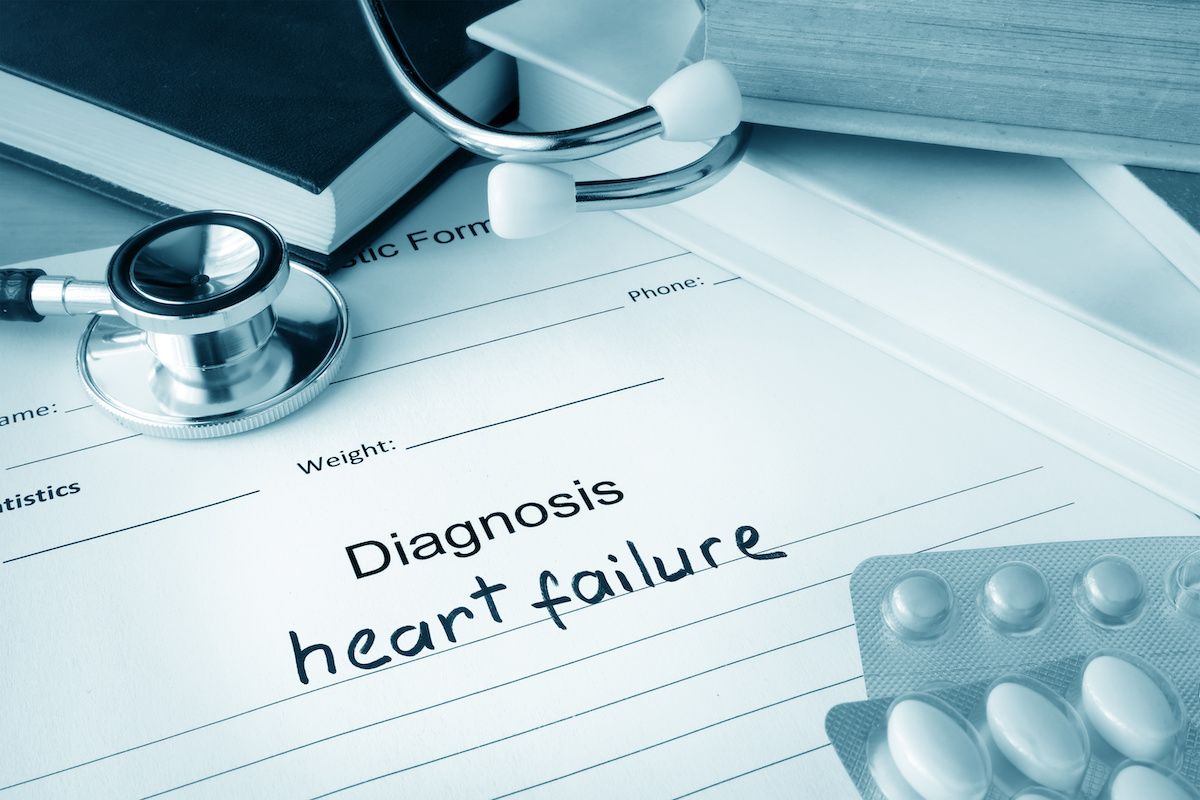EMPEROR-Preserved: Empagliflozin Proves Benefit in HFpEF
Results of EMPEROR-Preserved demonstrate use of empagliflozin was associated with a 21% reduction in the composite end point of hospitalization for heart failure and cardiovascular death, with this effect mainly driven by a reduction in hospitalization for heart failure.

Results of the EMPEROR-Preserved trial indicate use of empagliflozin (Jardiance) was associated with a 21% reduction in risk of the composite end point of cardiovascular death or hospitalization for heart failure in patients with heart failure with preserved ejection fraction (HFpEF).
Results of the phase 3 trial, which were presented at the European Society of Cardiology (ESC) Congress 2021, suggest risk reduction in the composite end point seen with use of empagliflozin was driven by a significant decrease in risk of heart failure hospitalization while risk reduction observed for cardiovascular mortality failed to reach statistical significance. Based on the results of the trial, investigators determined the number needed to treat to prevent a primary outcome event was 31.
"For people with heart failure with preserved ejection fraction, the reality is that so far there are no clinically proven treatments we can offer that would make a significant impact on their condition," said Professor Stefan Anker, EMPEROR-Preserved principal investigator and heart failure cardiologist at Charité Berlin, Germany, in a statement from Eli Lilly and Company. "This data brings hope for millions of patients suffering from heart failure with a preserved ejection fraction. The primary endpoint was similarly improved in all subgroups of patients, in men and women, with and without diabetes, and regardless of their ejection fraction and kidney function level. This underlines the breadth of empagliflozin's efficacy and its potential overall impact."
While phase 3 trials examining SGLT2 inhibitors have headlined ESC Congress each of the past 3 years, the anticipation surrounding results of EMPEROR-Preserved leading into the annual conference may have surpassed the trials preceding it. A double-blind trial enrolling nearly 6000 patients with NYHA class II-IV heart failure and an ejection fraction greater than 40%, the announcement EMPEROR-Preserved reached its primary end point was met with a high level of excitement by cardiologists. With 5988 patients randomized in a 1:1 ratio to 10 mg empagliflozin or placebo therapy, the trial, which had a median follow-up of 26.2 months, is the first to provide evidence of a therapy with the potential to significantly reduce the risk of heart failure hospitalization and cardiovascular death in patients with HFpEF.
Upon conclusion of the trial, investigators identified a total of 926 primary outcome events among the study cohort, including 415 among 2997 patients randomized to empagliflozin and 511 among 2991 patients randomized to placebo therapy (HR, 0.79; 95% CI, 0.69-0.90; P <.001). When assessing individual components of the composite end point, results indicated the effect was mainly driven by a lower risk of hospitalization for heart failure, with 407 hospitalizations occurring in the empagliflozin group compared to 541 in the placebo group (HR, 0.73; 955 CI, 0.61-0.88; P <.001). Cardiovascular death occurred among 219 (7.3%) patients randomized to empagliflozin and 244 (8.2%) randomized to placebo therapy, which investigators noted was not a statistically significant reduction (HR, 0.91; 95% CI, 0.75-1.09). Additional highlighted results of the study suggested empagliflozin use was associated with a slower rate of decline in eGFR compared to use of placebo therapy (-1.25 vs -2.62 ml/min/1.73m2/year; P <.0001).
Investigators pointed out subgroup analyses were performed to assess the effects of empagliflozin on the primary end point in subgroups defined by presence of diabetes and ejection fraction. These analyses demonstrated of the empagliflozin on the primary end point were consistent regardless of diabetes status and among those with ejection fractions of less than 50%, 50% to less than 60%, and 60% or greater.
When assessing safety, serious adverse events were recorded among 1436 (47.9%) patients receiving empagliflozin and 1543 (51.6%) patients receiving placebo. Adverse events leading to discontinuation occurred among 571 19.1%) of those in the empagliflozin group and 551 (18.4%) patients in the placebo group. Investigators pointed out instances of uncomplicated genital and urinary tract infections and hypotension were more frequent among those receiving empagliflozin.
In an editorial published in the New England Journal of Medicine, Mark Drazner, MD, applauded the work of trial investigators and implications of EMPEROR-Preserved.
“The EMPEROR-Preserved trial is the first phase 3 clinical trial that exclusively enrolled patients with heart failure and an ejection fraction of more than 40% to meet its primary outcome, a result that represents a major win against a medical condition that had previously proved formidable. The DELIVER trial may confirm the benefits of SGLT2 inhibition in patients with an ejection fraction of more than 40%,” wrote Drazner. “Ultimately, the EMPEROR-Preserved trial should contribute to a change in clinical practice, given the paucity of therapeutic options available for patients with heart failure and a preserved ejection fraction.”
This study was presented as “EMPEROR-Preserved: effect of empagliflozin on cardiovascular death and heart failure hospitalizations in patients with heart failure with a preserved ejection fraction, with and without diabetes,” at ESC Congress 2021 and simultaneously published in the New England Journal of Medicine as “Empagliflozin in Heart Failure with a Preserved Ejection Fraction”.